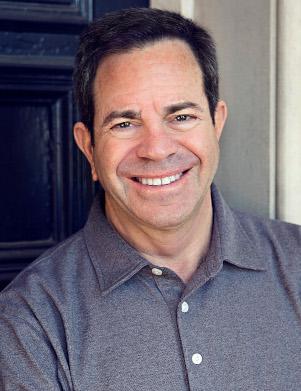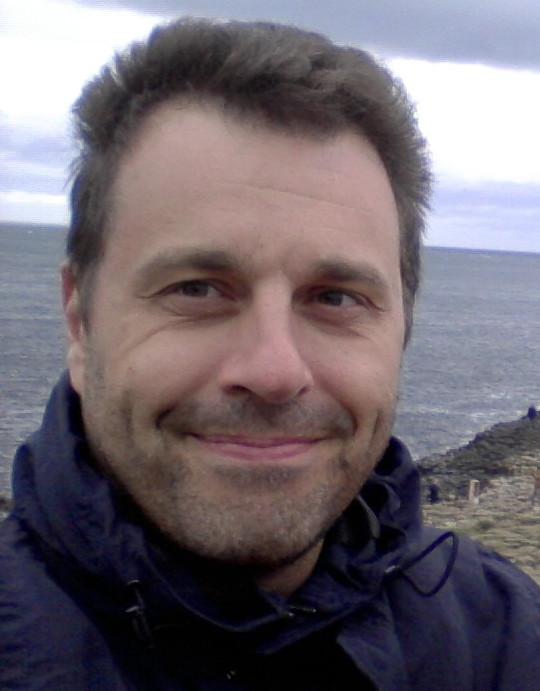Earth As A Planet
Parallel Session
3rd Shaw-IAU Workshop on Astronomy for Education
Session timeblocks
Wednesday Oct. 13, 2021
UTC: 3:30 p.m. -
5 p.m.
America/New_York:
11:30 a.m.-
1 p.m.
Friday Oct. 15, 2021
UTC: 6 a.m. -
7:30 a.m.
America/New_York:
2 a.m.-
3:30 a.m.
Schedule
-
The Overview Effect, Astronomy, and Spaceship Earth
Wednesday Oct. 13, 2021
UTC: 3:30 p.m. - 3:50 p.m. America/New_York: 11:30 a.m.- 11:50 a.m.Friday Oct. 15, 2021
UTC: 6 a.m. - 6:20 a.m. America/New_York: 2 a.m.- 2:20 a.m.Upon seeing Earth from space, astronauts often experience The Overview Effect, a profound shift in their understanding of Earth as a fragile oasis of interwoven and inseparable systems in the vastness of space. But fewer than 1000 of the Earth’s billions of inhabitants have had the opportunity to observe Earth as a planet among the stars first-hand. Astronomy gives us a way to bring The Overview Effect down to Earth, providing a sense of our traveling through space together. This planetary identity is essential if we are to solve the many problems of Spaceship Earth such as climate change, pandemics, and profound inequity. The Overview Effect, however it is experienced, is the key to advancing from “us and them” to “we.”

Mike Simmons (Blue Marble Space Institute of Science)
For more information about this talk click here
-
Astronomers' Role in Climate Education
Wednesday Oct. 13, 2021
UTC: 3:50 p.m. - 4:15 p.m. America/New_York: 11:50 a.m.- 12:15 p.m.Friday Oct. 15, 2021
UTC: 6:20 a.m. - 6:45 a.m. America/New_York: 2:20 a.m.- 2:45 a.m.You may think of climate science as distinct from astronomy, but the differences are not so important to the public. Both disciplines use the same basic physics, and many aspects of climate science come from astronomy (e.g., Venus). In this presentation, IŐll focus on why the public popularity of astronomy gives us a unique platform for advancing public understanding of global warming. IŐll emphasize the importance of approaching the topic 'with inspiration, not fear,' providing concrete examples of strategies for audiences ranging from school kids to the general public. Note: Many of the examples will be drawn from my book A Global Warming Primer, posted free online at globalwarmingprimer.com, and my free middle school climate curriculum (bigkidscience.com/climatechange).

Jeffrey Bennett (Big Kid Science / U. Colorado (Boulder))
For more information about this talk click here
-
Inspiring young children with a cosmic perspective to advance the SDGs
Wednesday Oct. 13, 2021
UTC: 4:15 p.m. - 4:40 p.m. America/New_York: 12:15 p.m.- 12:40 p.m.Friday Oct. 15, 2021
UTC: 6:45 a.m. - 7:10 a.m. America/New_York: 2:45 a.m.- 3:10 a.m.This talk will demonstrate how exposing children to the wonders of the Universe at an early age can inspire them and contribute uniquely to advancing several of the United Nations Sustainable Development Goals. I shall discuss the rationale for reaching out to children aged 5 to 10 and describe the use of such an approach in the Pale Blue Dot -Universe Awareness project. UNAWE was initiated in 2005 with a main goal of stimulating a sense of global citizenship from a young age. It has since been implemented in more than 60 countries. ŇPale Blue DotÓ is building on Universe Awareness and will in addition focus on advancing each of the SDGs, with a set of appropriate materials and modules.

George Miley (Leiden University)
Coauthors: Cecilia Scorza (LMU Faculty of Physics Munich), Pedro Russo (Leiden Observatory and Dep. Science Communication & Society, Leiden University), Michelle Willebrands (Leiden University)
For more information about this talk click here
-
Comparing the Climates of Earth, Mars, and Venus -- Educational Takeaways
Wednesday Oct. 13, 2021
UTC: 4:40 p.m. - 4:55 p.m. America/New_York: 12:40 p.m.- 12:55 p.m.Friday Oct. 15, 2021
UTC: 7:10 a.m. - 7:25 a.m. America/New_York: 3:10 a.m.- 3:25 a.m.By comparing the atmospheres and climates of Earth, Venus and Mars, I have found a quantitative warming relation that scales with the 0.3 power of the carbon dioxide mass overlying each square meter of planetary surface. This relation is consistent with the more recent warming experienced on Earth due to human activities. Although the atmospheric photo-chemistry that underlies the observed warming is complex, K-12 students can still progress in their learning Đ from basic observations of rising temperatures and carbon dioxide levels to plotting quantitative relations, interpreting their significance, and deliberating over possible human interventions.

William H. Waller (Endicott College and The Galactic Inquirer)
For more information about this talk click here
Posters
-
Astronomy Education and its role in saving the environment
Hassan Baghbani (President of Iranian Teachers Astronomy Union), Mahdi Rokni , Fatemeh Hasheminasab , Elham Rajaei , Ayda Rajaei , Mina Someilipour , Parham Eisvandi
The role of astronomy education in helping to preserve the environment Bushehr Teachers' Astronomical Society has changed the way they look at the Earth by holding several astronomy courses for teachers and students in different cities of Bushehr province, so that instead of having a limited view, they can have a long-term view on preserving the environment. These trainings are the formation of the largest environmental protection groups in different cities of Bushehr province, which has been able to make the most successful examples of environmental protection in Iran.The way it works is that after training teachers, they build environmental conservation teams in schools and teach students, and make students' families more sensitive to environmental protection.





